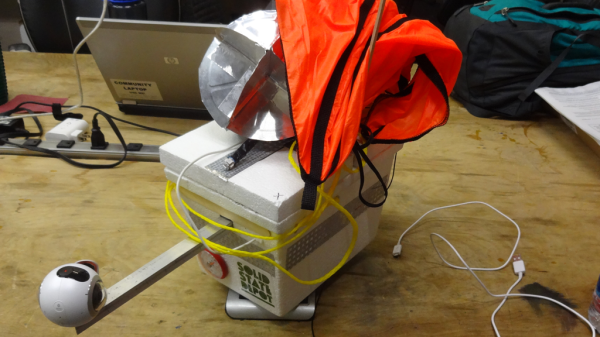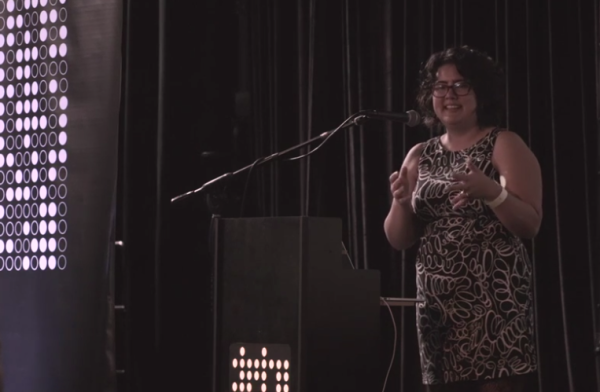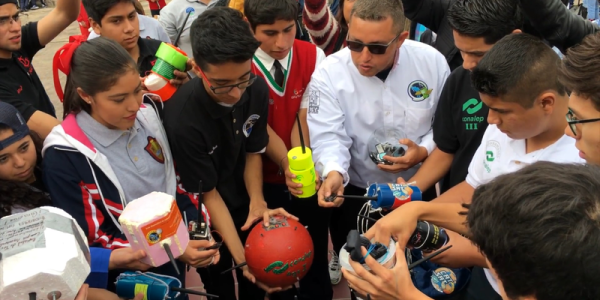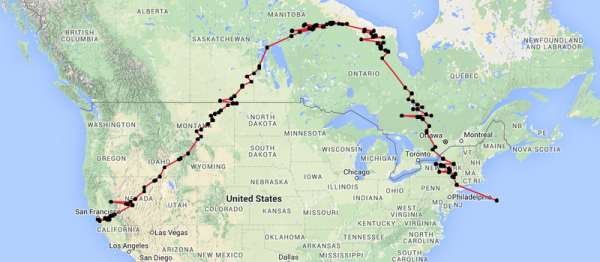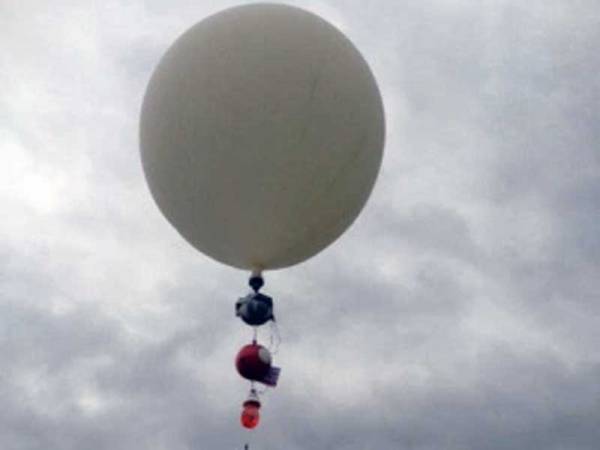High-altitude balloon flights have become somewhat of a known quantity these days. Although it’s still a fun project that’ll bring your hackerspace together on a complex challenge, after the first balloon or two, everyone starts to wonder”what next?”. Higher? Faster? Further? Cheaper? More science? There are a variety of different challenges out there.
A group of Stanford students just bagged a new record, longest time in flight, with their SSI-41 mission. In addition to flying from coast to coast, on a track that went waaaay up into Canadian airspace, they logged 79 hours of flight time.
 The secret? Val-Bal. A “valve ballast” gas venting valve and ballast dispenser system that kept the balloon from going too high (and popping) or dropping back down to earth. The balance seems to have worked nearly perfectly — check the altitude profile graph. We’d love to see more details about this system. If anyone out there on the team does a writeup, let us know?
The secret? Val-Bal. A “valve ballast” gas venting valve and ballast dispenser system that kept the balloon from going too high (and popping) or dropping back down to earth. The balance seems to have worked nearly perfectly — check the altitude profile graph. We’d love to see more details about this system. If anyone out there on the team does a writeup, let us know?
There are as many interesting ways to get into high-altitude ballooning as there are hackers. We love the extreme economy of the Pico Space Balloon project, which has gone around the world (twice!) on a solar-powered party balloon. And we’ll give both the best-name and ridiculous-concept awards to the Tetroon. But for now, most time aloft goes to the Stanford team. Congrats!
[via the Bangor Daily News, if you can believe that]


